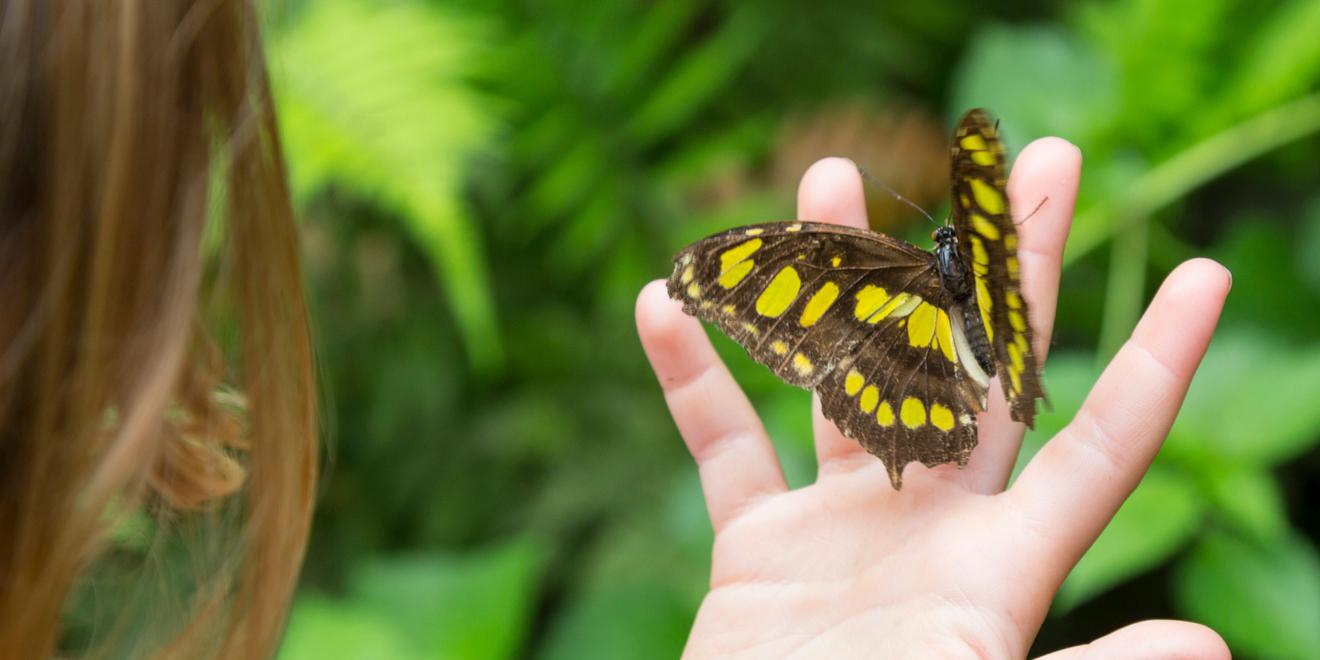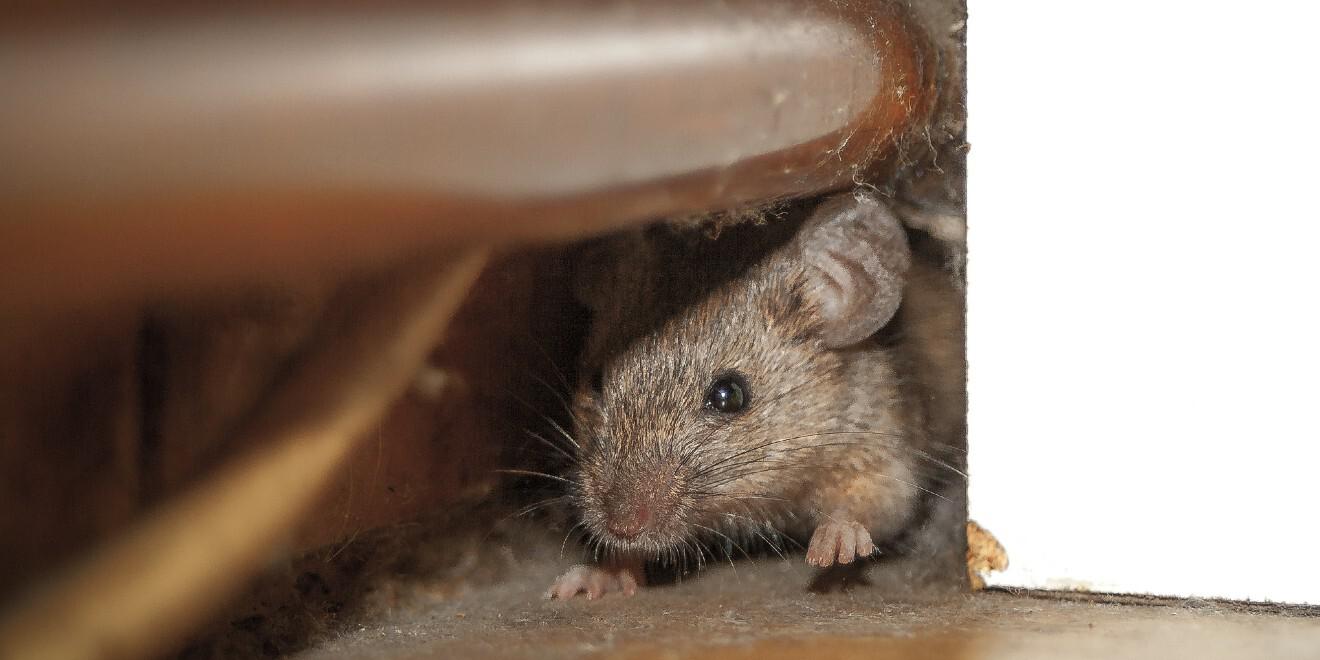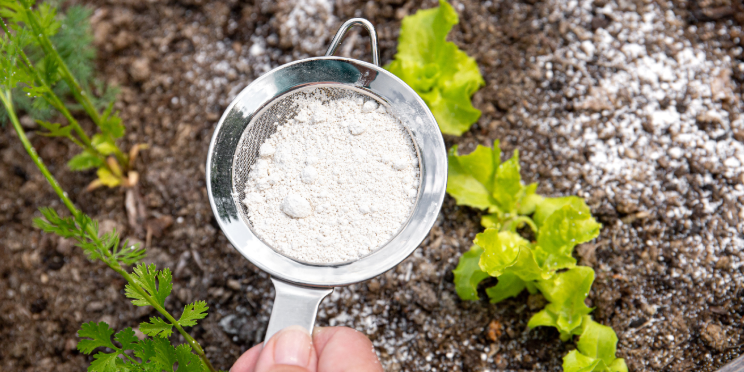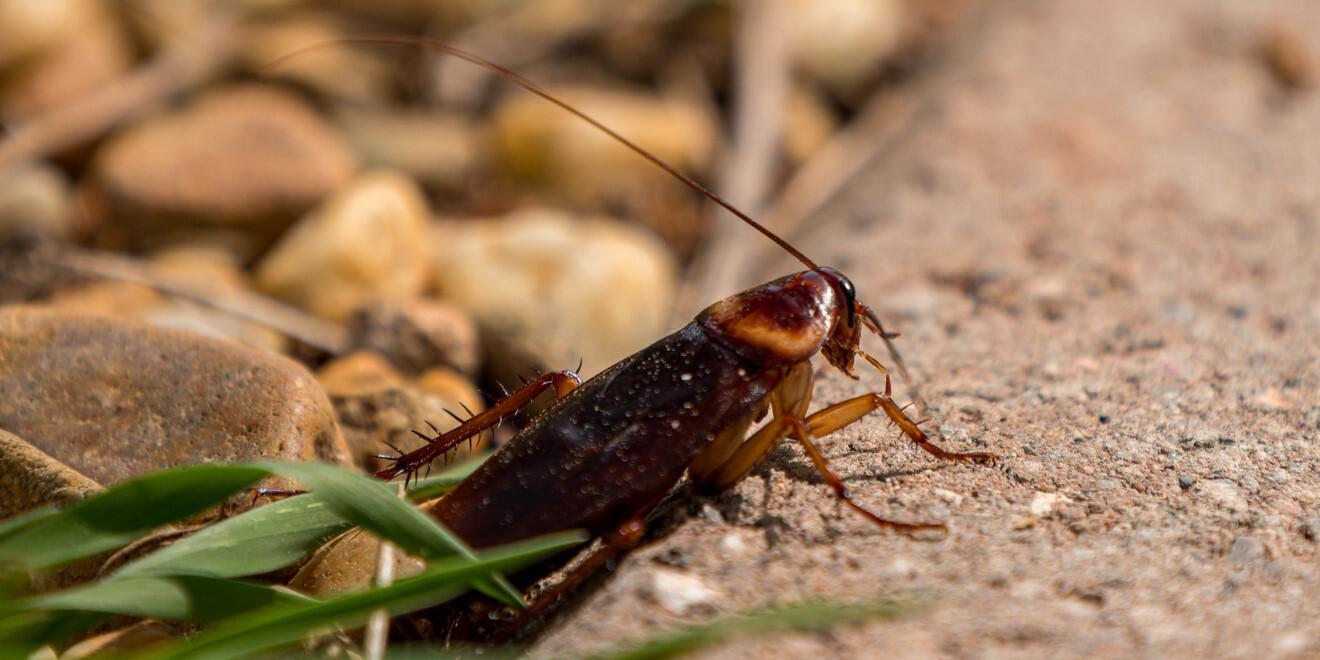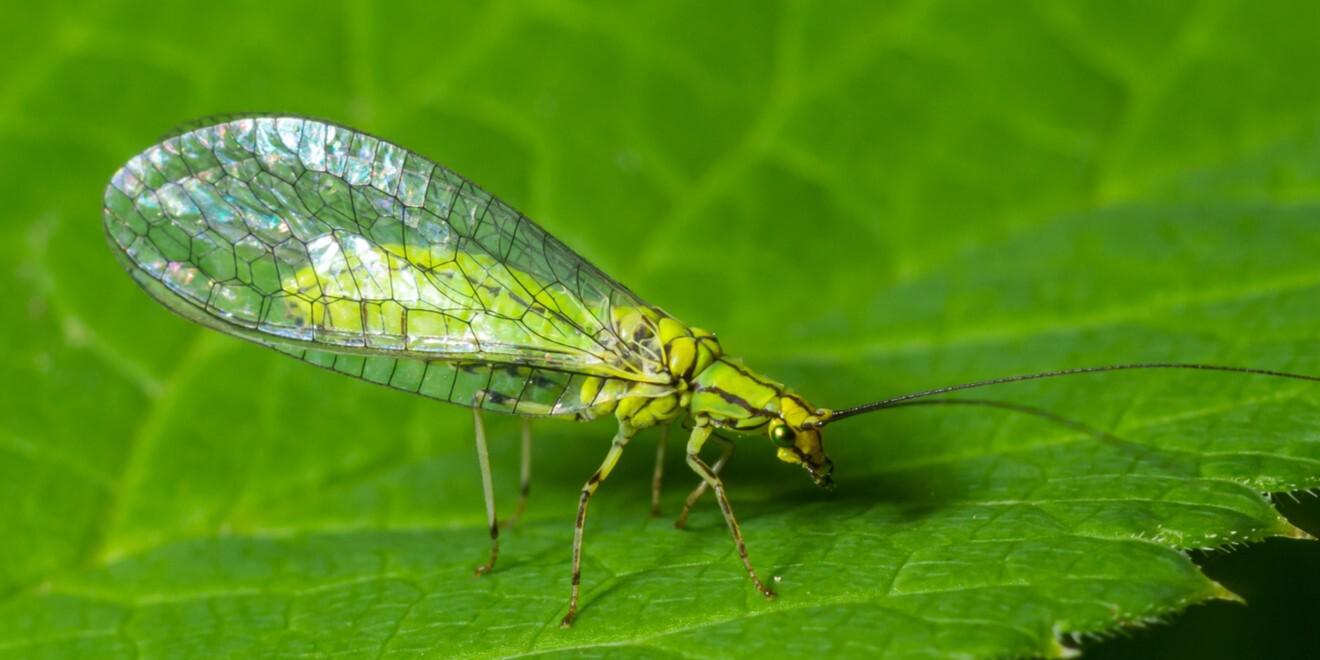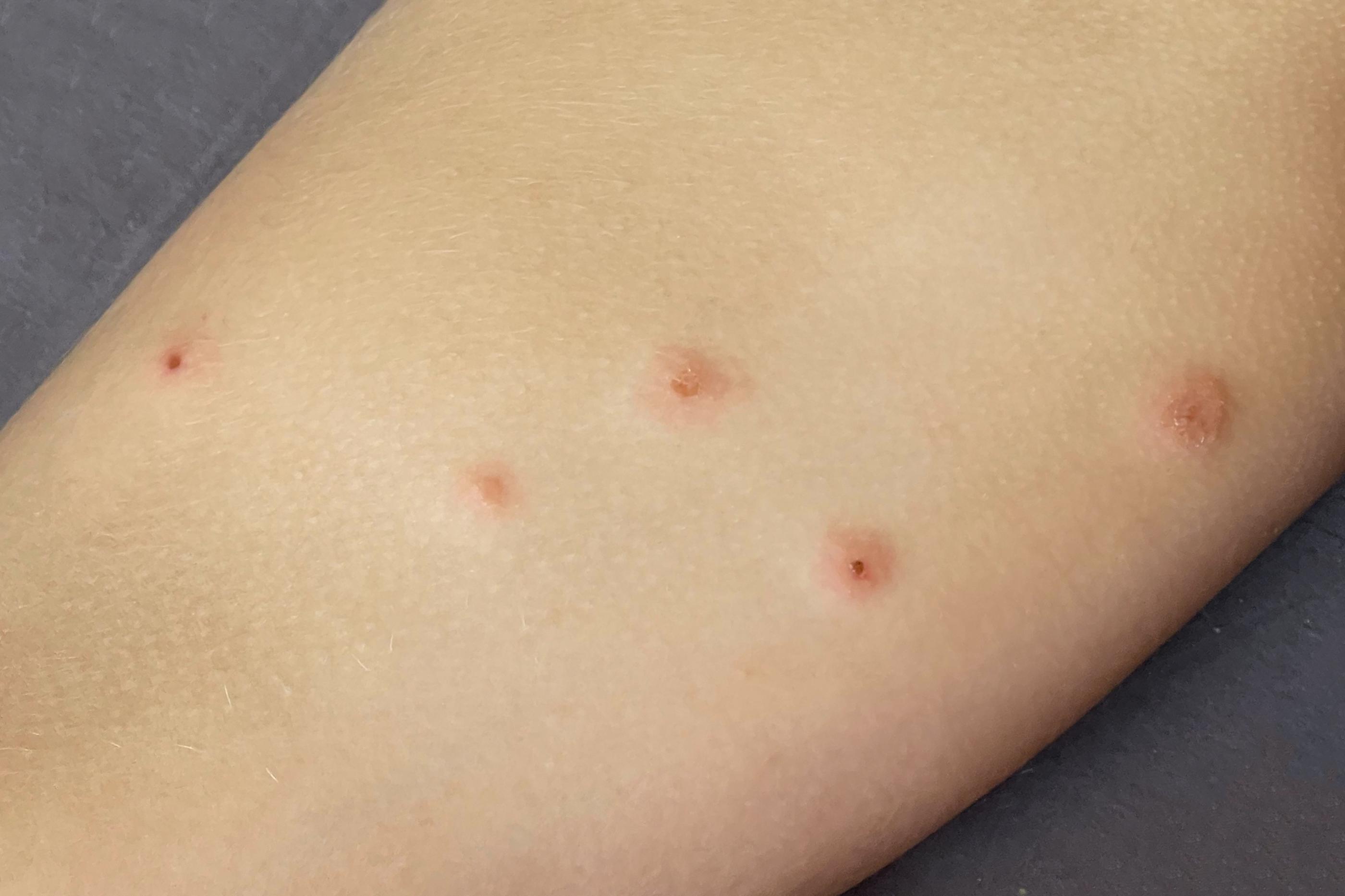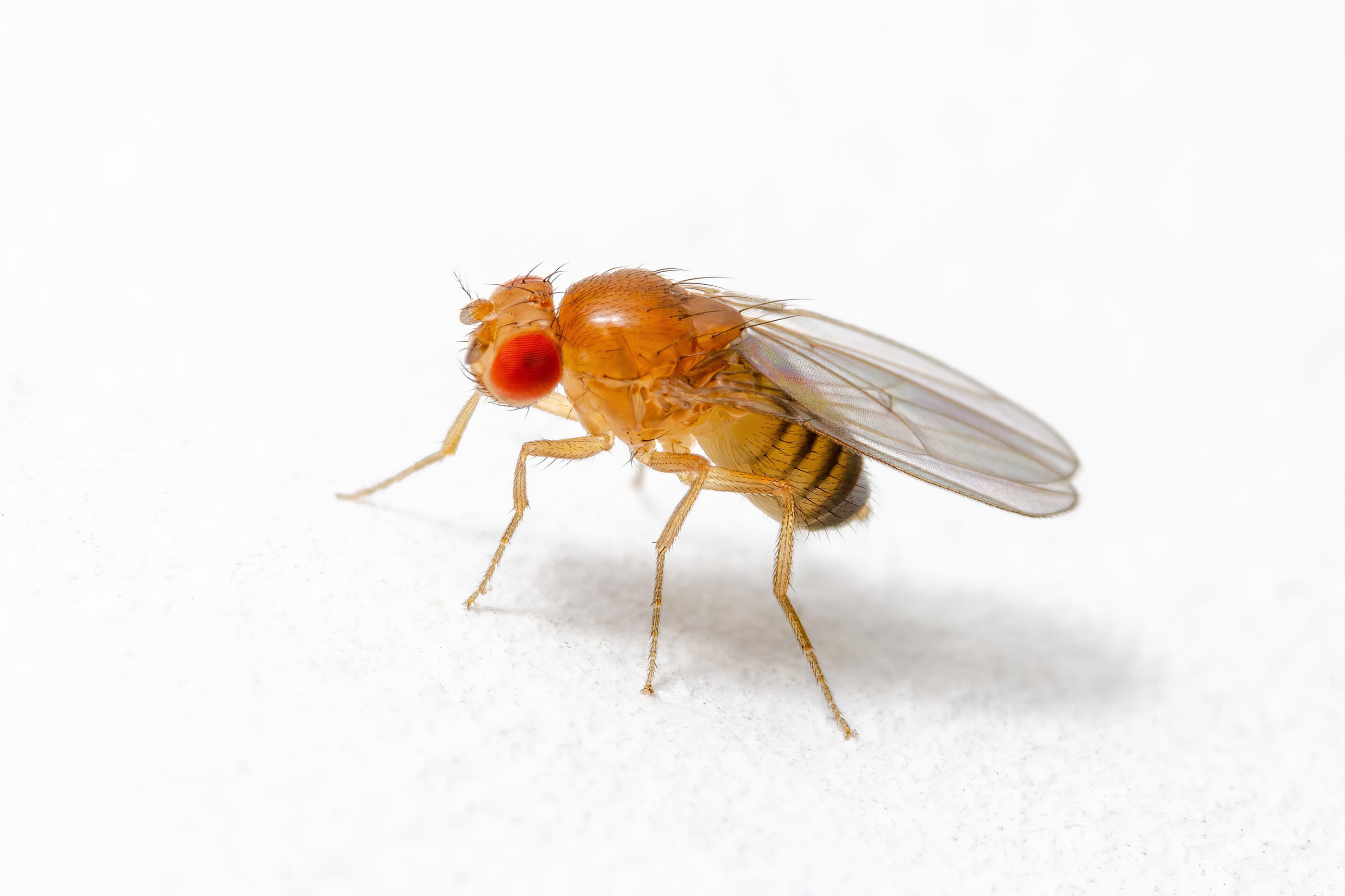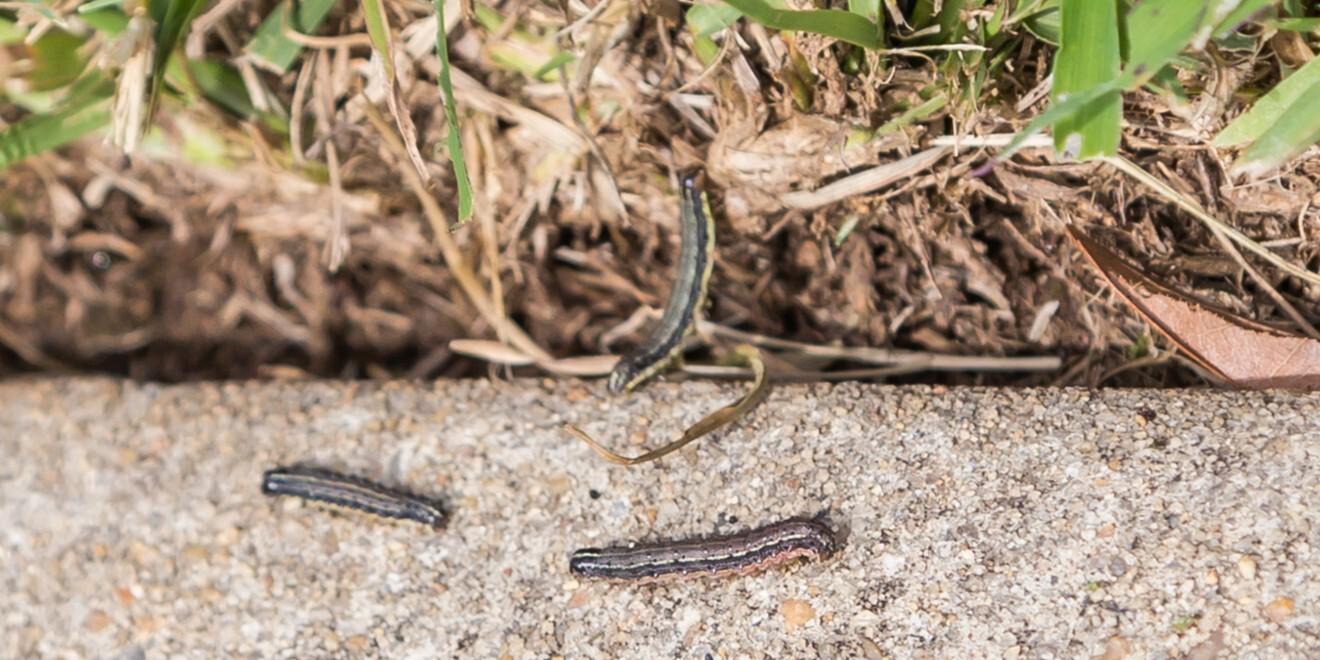Northwest Wisconsin Tick Control Options
Posted by Mosquito Squad
June 21, 2016
Ticks and the diseases they can transmit, especially Lyme disease and Ehrlichiosis, are a growing concern among families in Northwest Wisconsin. Lyme disease, and other tickborne diseases are transmitted to humans through the bite of infected blacklegged or deer tick. These types of ticks are abundant wherever there are deer.
In order to protect you and your family from the health threat of ticks, Mosquito Squad offers comprehensive tick treatments through both our barrier treatment and tick tubes.
Our traditional mosquito barrier treatment is effective in killing immature and mature ticks on the move. It kills on contact providing instant relief. In order to effectively treat the source of the problem, the tick larvae and nymph ticks before they enter your yard, we recommend an intensive tick treatment (tick tubes) in the spring and late summer. Using tick tubes year over year will reduce the population of ticks in and around your yard. Tick tubes are a longer-term treatment plan that are very effective in combination with the traditional barrier treatment.
In addition to professional applications, the CDC offers several other tips to reduce chances of getting a tick borne disease.
Before You Go Outdoors:
- Know where to expect ticks. Ticks live in most and humid environments, particularly in or near wooded or grassy areas.
- Use a repellent with DEET. Repellents containing 20% or more DEET can protect for up to several hours.
After You Come Indoors:
- Check your clothing for ticks.
- Shower soon after being outdoors.
- Check your body for ticks.
Reduce Ticks In Your Yard:
- Modify your landscape to create tick-safe zone. Regularly remove leaf litter, keep grass short, and place wood chips or gravel between lawns and wooded areas.
- Discourage deer. Removing plants that attract deer or constructing barriers will help discourage deer from entering your yard and bringing ticks with them.
- Remove clutter and debris that provides nesting areas for mice and small rodents.








